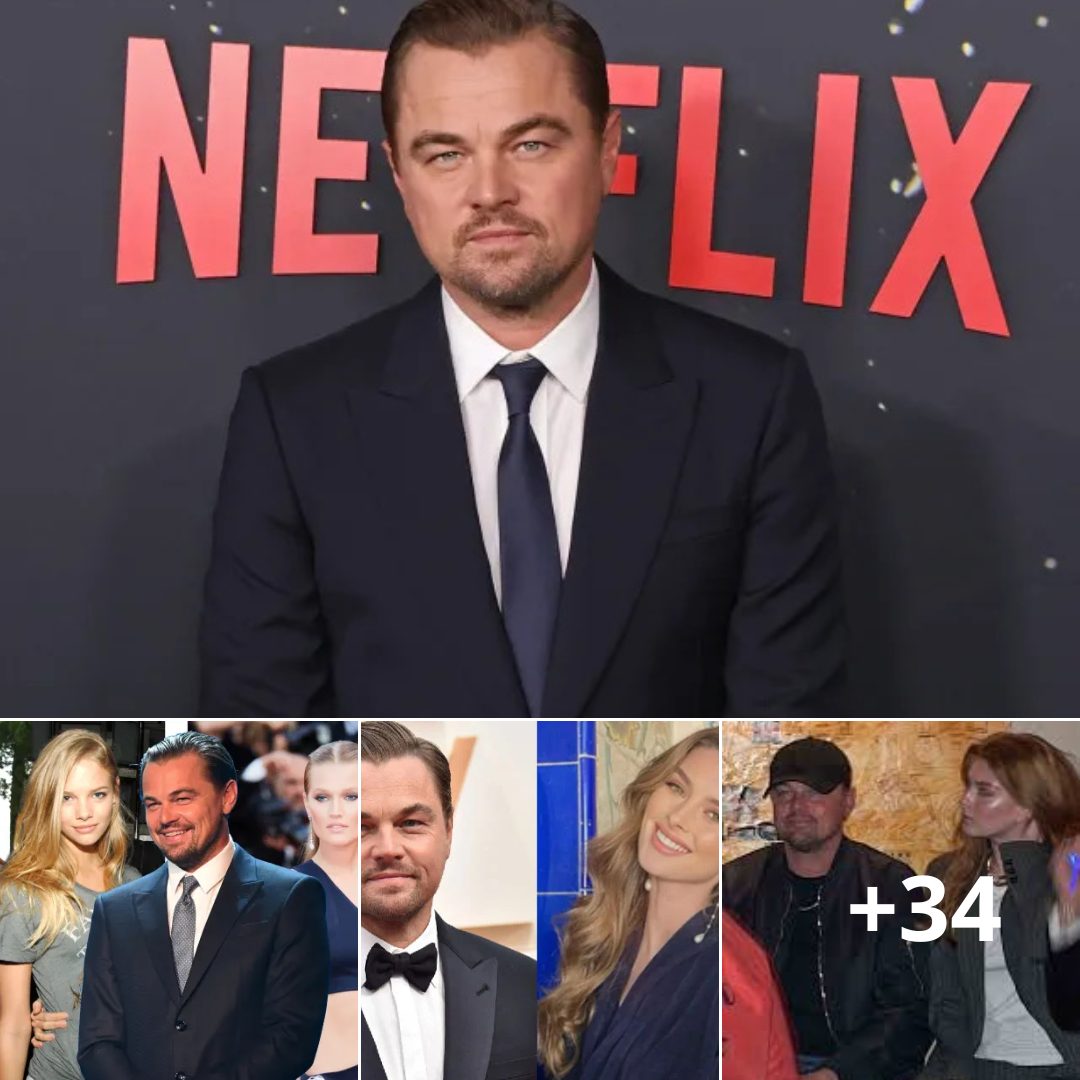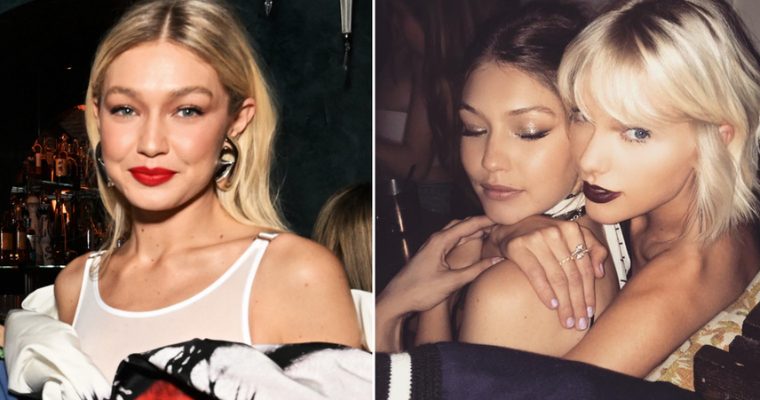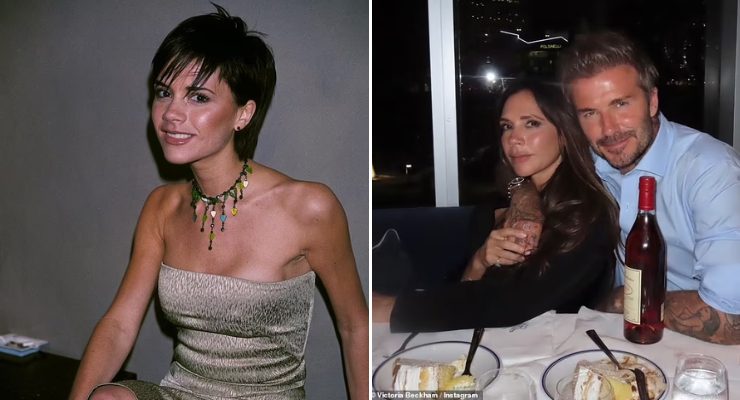He may have scaled the Burj Khalifa, but he has yet to direct a feature.
In some sense, to recognize that Tom Cruise has never yet directed a feature length film is genuinely surprising. Few actors are as unrelentingly enthusiastic about the act of filmmaking as Cruise, and there’s no shortage of A-list movie stars who have used their status, connections, and filmic experience to dabble in the art of filmmaking.
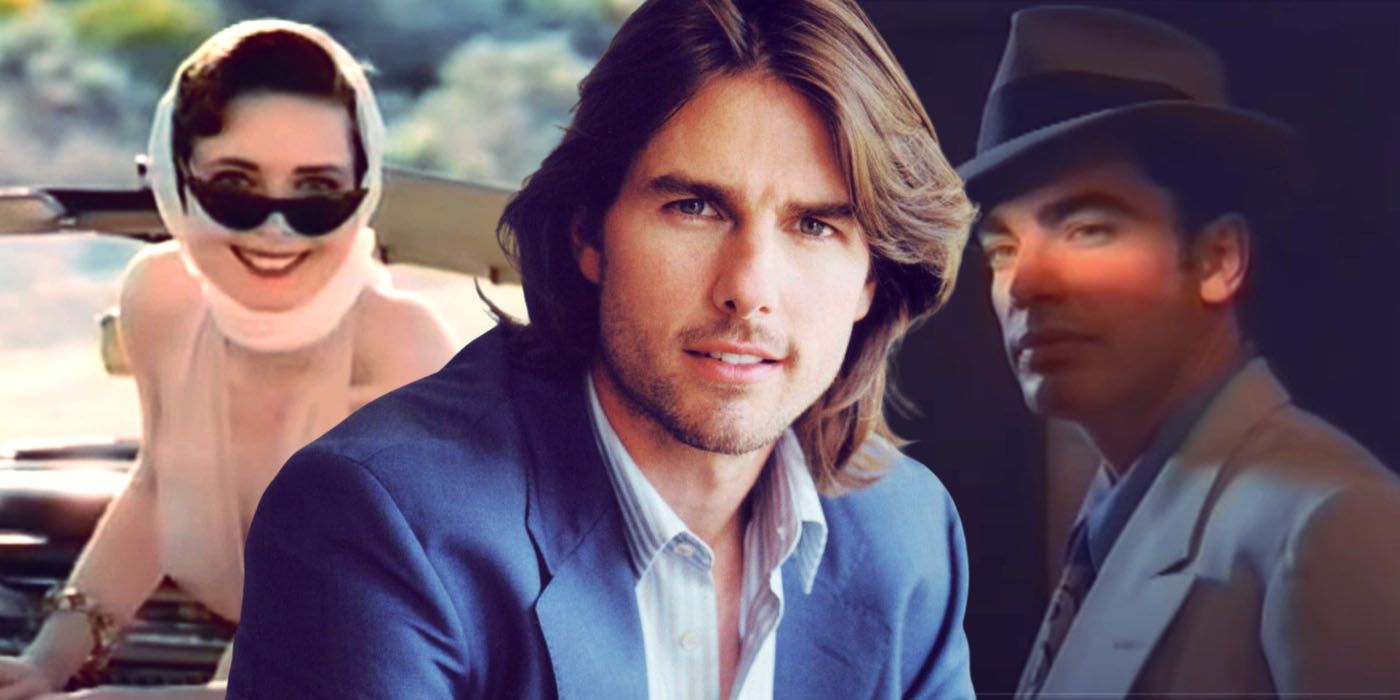
John Cassavetes, one of the most crucial and influential directors of the latter half of the 20th century, booked his now-famous acting roles in films like The Killers, The Dirty Dozen, and Rosemary’s Baby in order to later fund the production of his own highly-influential, independent films without the meddling of studios. Clint Eastwood (Unforgiven and Million Dollar Baby are both masterpieces in their own right), Ron Howard, and Kevin Costner all found significant success in their transition into directing. Indie icon Greta Gerwig made a fantastic sprint into directing with Ladybird and Little Women, and her upcoming Barbie picture is definitely one of the year’s most highly anticipated.
It seems like Cruise would be a shoo-in for one of cinema’s great actors-turned-directors, but the man has been completely lacking, directorially-speaking. That is, apart from a quick 30-minute episode of the largely forgotten Showtime neo-noir series Fallen Angels. The episode was called “The Frightening Frammis,” and Cruise’s work on it was…actually…pretty good! Joining the ranks of such filmmakers as Alfonso Cuarón and Steven Soderbergh, Cruise left a distinctive touch on his entry, allowing his fans the briefest glimpse at what a project directed by him may look like. If nothing else, it shows a competence and a flair for style that could have led to some genuinely fascinating productions.
Tom Cruise Has All the Filmmaking Passion to Be a Great Director
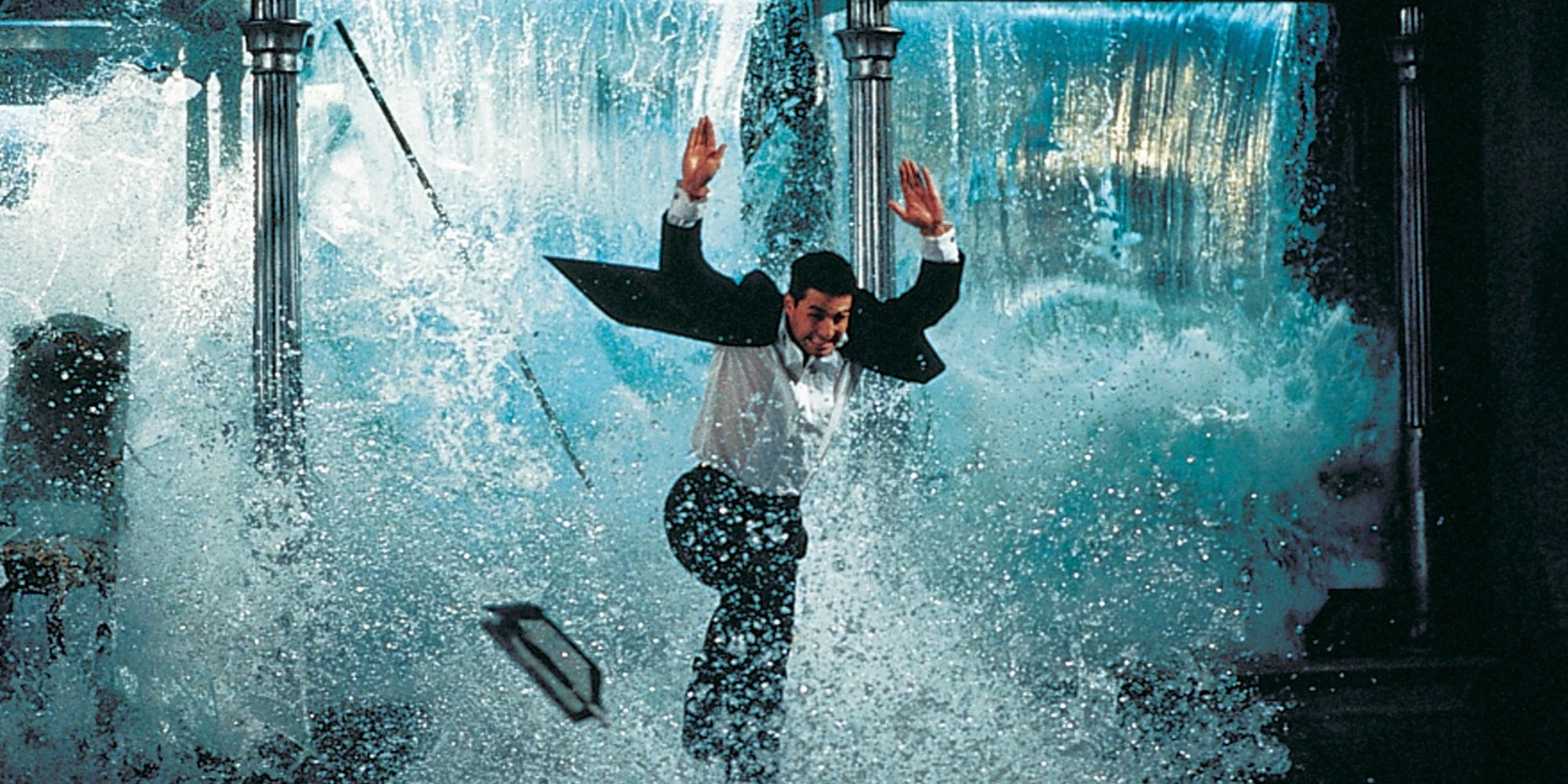
The amount of dedication that Tom Cruise brings to his movies is inspiring. It’s refreshing to see. If he could spread just a little bit of it around across Hollywood, we’d be in a particularly fortunate situation. He’s been pretty involved the process of filmmaking beyond his acting, serving as a producer on a number of films—including the entire Mission: Impossible series and 2022’s excellent Top Gun: Maverick—and co-writing the story for his breakneck NASCAR drama Days of Thunder. He just loves movies, and he genuinely wants the audience to have a damn fine experience. Along with M:I VII director Chris McQuarrie, Cruise released a PSA with theatrical releases of Maverick to plead with viewers to adjust motion smoothing settings on their home televisions to make sure what they’re seeing is the best possible image.
And everybody with even the sparsest collection of IMDB trivia rattling around in their head knows that Cruise does his own stunts, and that he’s hurt himself pretty badly doing them. Like Jackie Chan, whose dedication to literally risking his life for the sake of the scene is one of the few to rival Cruise’s, Cruise has the end result in mind. He can envision an audience reaction and get just that by throwing himself (often literally) into the scene for the sake of engagement and authenticity. In a talk with The Hollywood Reporter, Cruise just seemed to shrug off his efforts. “No one asked Gene Kelly, ‘Why do you dance? Why do you do your own dancing?’” he said.
“You train and drill every little aspect, over and over and over and over again,” Cruise says in a behind the scenes video from Paramount teasing the upcoming Mission: Impossible — Dead Reckoning. This is, after all, the same film that had Cruise doing over 500 skydives and 13,000 motocross jumps in preparation for what’s being marketed as “The Biggest Stunt in Cinema History”—essentially, he’s jumping a motorcycle off a goddamn cliff and gliding into a freefall in a mountainous chasm before landing safely on the ground via parachute.
Something as outright reckless as that warrants perfection, but Cruise’s little quote about repetition sounds suspiciously auteurish, a Stanley Kubrick-esque obsession with perfection. Maybe it’s something he picked up from the old K-man shooting Eyes Wide Shut, though passion as unwavering as that can’t exactly be taught. It’s something that’s just there. (Though, being around Stanley Kubrick for over a year filming definitely can’t hurt.)
Considering that, besides Kubrick, Cruise has worked with an impressive list of some of the most acclaimed modern American filmmakers (Paul Thomas Anderson, Martin Scorsese, Michael Mann, and Francis Ford Coppola are a few of many), it’s clear that the guy has had plenty of opportunities to learn from the best. Actors often inevitably learn the art of filmmaking from their directors, and Cruise surely picked up plenty of inspiration over the years. Watching his episode of Fallen Angels shows a director in love with the medium. His twisty, nostalgia-heavy episode showcases an affinity for the classics of film noir, beginning with an homage to the 1945 classic Detour.
Tom Cruise’s Work on ‘Fallen Angels’ Is Actually Pretty Good
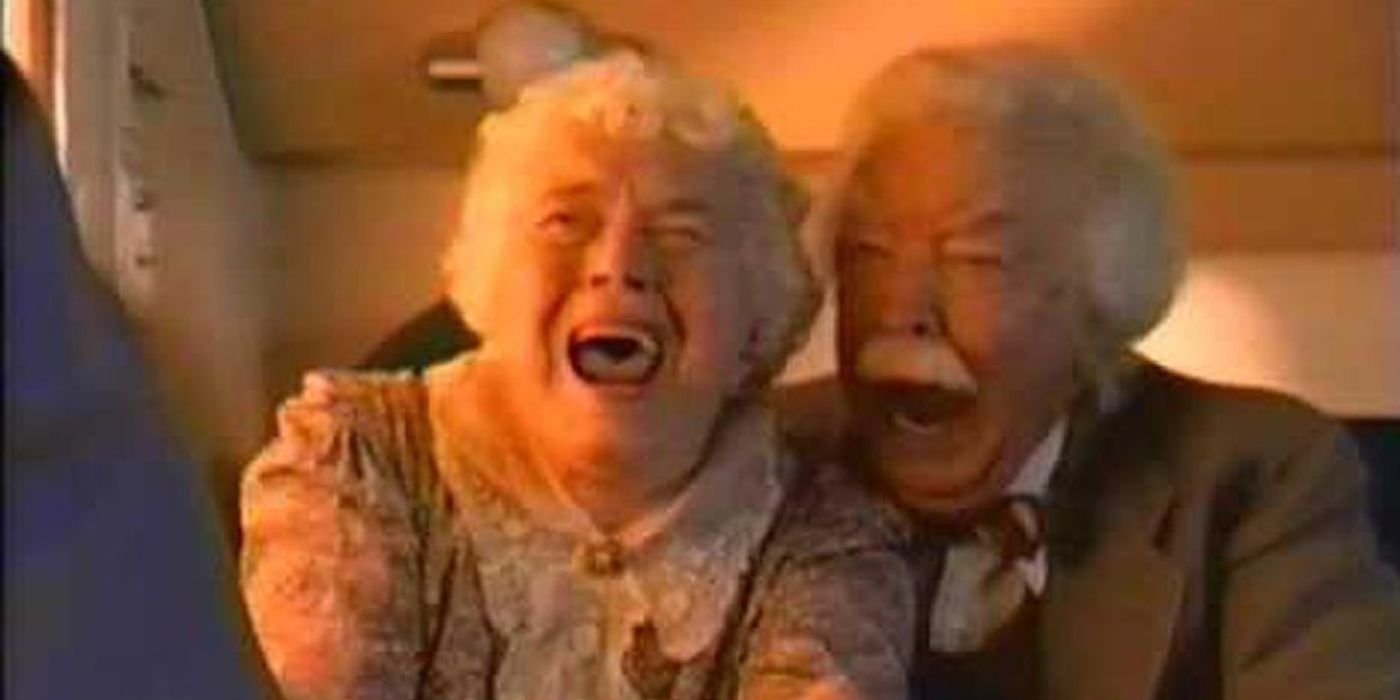
Fallen Angels was an anthology neo-noir series that aired on Showtime from 1993 to 1995. Set primarily in 1950s Los Angeles, the show is stylistically indebted to Hollywood noir films of that era, with all the rough-voiced narrations, smoky mise en scène, and sultry jazz scores you’d expect. Cruise’s episode, “The Frightening Frammis,” is based on a Jim Thompson novelette that appeared in Alfred Hitchcock’s Mystery Magazine in the 1950s, and it follows a charming, smooth-talking grifter (Peter Gallagher) who meets his match in a sultry woman named Babe (Isabella Rossellini). There’s also a fantastic appearance by the one and only John C. Reilly (billed as John Reilly) as Babe’s squirming husband.
While certainly conscious of the stylistic obligations of the noir genre, Cruise lets himself show a flair of personality throughout the episode. In one scene where the grifter is “interrogated” by a tough-talkin’ wiseguy who’d much rather be a doctor (Joe Viterelli), Cruise films with a wide-angle lens to give the man an imposing, almost surreal demeanor. There’s also a nice little montage sequence halfway though the episode where the grifter does what he does best, and it’s all presented with dizzying whip-pans, razor-sharp editing between cuts, and a zany jazz number that fits the bit all too well.
It’s an imperfect episode—the script is admittedly a bit contrived, and its short runtime makes it feel a little rushed—but that’s mostly a consequence of its format. What’s lacking most in the episode is some witty writing and genuine grittiness that was seemingly lost in translation from Thompson’s old novelette. Cruise’s direction, though, is more than competent. He gets great performances from his cast (of course, it’s Isabella Rossellini) and has a natural eye for framing and composition.
Especially for an inexperienced director, “The Frightening Frammis” is decent enough to pique my interest and make me wonder what Cruise could have made had he continued with directing. It’s imperfect, of course, but it’s also undoubtedly made with a natural understanding of how the process works and enough passion and cinematic knowledge to make it something worth your time.
If you can manage to wrangle up some episodes of Fallen Angels, I recommend you do it. DVDs might be circulating somewhere on second hand sites, and scuzzed-out VHS rips can be found on YouTube. While maybe not on the level of Cuarón or Soderbergh, who were already accomplished auteurs, Cruise turned out a pretty impressive product, and it’s a damn shame he never made more of them.






